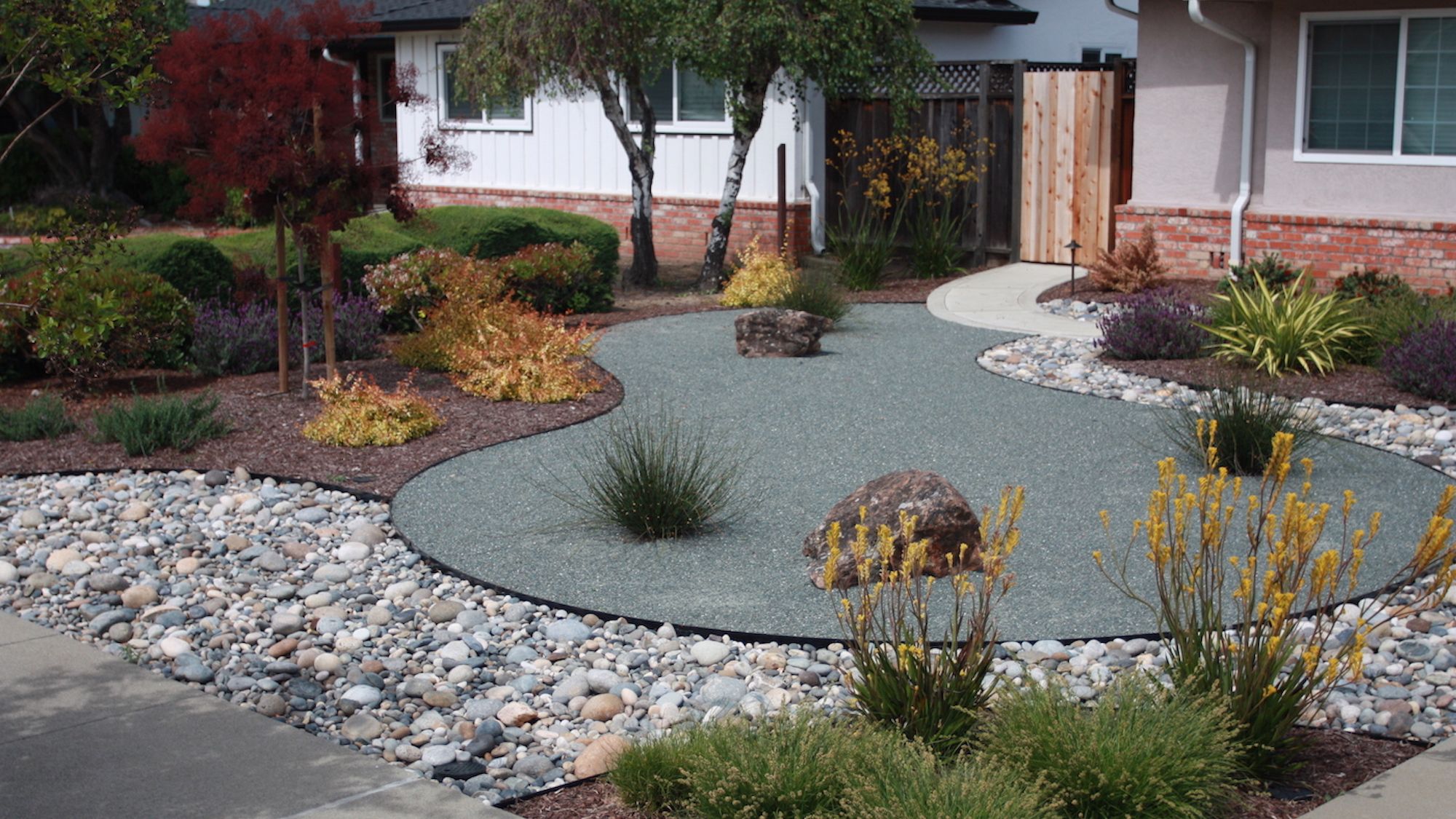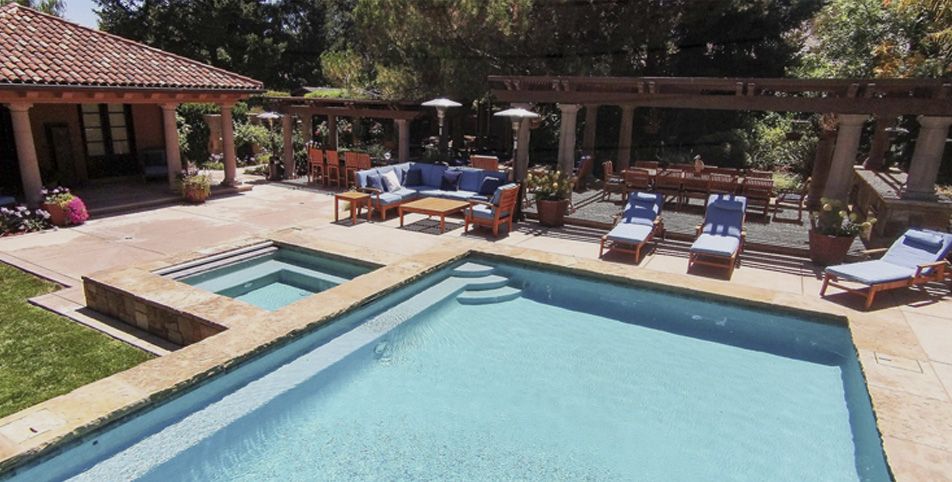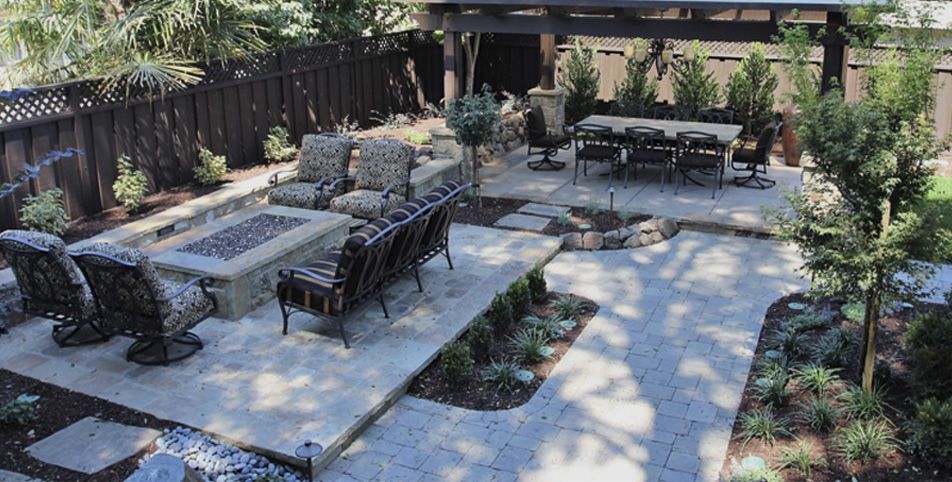What Is Xeriscaping and Why Is it Beneficial?


Xeriscaping is a big word to describe a popular landscaping trend. You may be more familiar with the terms “drought-tolerant” or “water-wise” landscaping. No matter what you choose to call it, it means one thing: landscaping using hardy plants (often native plants) that require little water to thrive.
A drought-tolerant garden is designed to help reduce or eliminate the need for supplemental irrigation. This sort of landscaping is important for two reasons: it saves both water and energy. But in addition to the ecological benefits, it can also be very creative and at the same time, incredibly beautiful.
While a lush green lawn may be a cultural norm, here in the Bay Area, it’s out of place and artificial. With only about two feet of rain per year and almost none at all during the summer months, this area is among the driest in the country. Why fight our natural ecology when native water-wise landscaping options are so much easier on the environment and can be far more visually appealing too?
HOW DROUGHT TOLERANT OR “WATER-WISE” LANDSCAPING SAVES WATER
If your aim is to support our local ecology, native plants are the way to go. This landscaping trend isn’t just about curb appeal or looking good for some garden club.
WHAT ARE THE BEST WATER-WISE PLANTS?
You’re probably picturing a cactus garden, but the truth is that there are a variety of plants that do well in drought situations. They can be quite beautiful, as well as low-maintenance.
Trees like the coast live oak and large shrubs like the coyote brush and the California lilac are excellent choices for our area. Smaller shrubs like the California sagebrush, California buckwheat, silver lupine, or black sage are also great choices. Looking for groundcover? Ditch that water hogging lawn and choose spreading groundcovers like yerba buena (yes, it’s also a plant!) or native grasses, such as blue wildrye, California fescue, and foothill or purple needle grass. Looking for more? The California Native Plant Society is a great place to get all sorts of information about native plants that are drought tolerant and perfectly suited for our climate. But this type of landscaping offers more than just a pretty exterior for your property. There are some great secondary benefits from drought tolerant plants too. Consider planting aloe to use for first aid and other medicinal purposes. Like to cook? There are plenty of herbs that don’t require a great deal of water: common sage, rosemary, and Greek oregano are a few good choices. Maybe you’d like something more ready-to-eat? Fruits like the prickly pear cactus, pomegranate, guava, fig, and date palms all do well in the dry heat.
But, of course, even the best water-wise garden will still need some moisture to become established, and from time to time. There’s no need to worry – we know how to make it easy. We’ll be glad to install a commercial-grade drip system to provide just the right amount of water for each of your plants. It costs a bit more than the DIY approach, but it’s a very efficient solution to keep your garden beautiful no matter the weather.
OUR CATEGORIES
CONTACT INFO
-
3230 Darby Com, Fremont, CA 94539
111 N. Market St #300, San Jose, CA 95113 -
(510) 490-0487
-
info@kochland
scapedesign.com



